We’ve all heard of the 80/20 rule. More than a century ago, an Italian economist by the name of Vilfredo Pareto observed that 20 percent of the people owned 80 percent of the wealth.1 But as we’ve all seen, the 80/20 rule applies to much more than just the distribution of wealth. For example, 80 percent of what a volunteer organization does is often accomplished by just 20 percent of the volunteers2. A common business principle states that 80 percent of sales come from 20 percent of clients.3 And in a typical remediation job, 80 percent of the cost of a project comes from labor while only 20 percent of the cost comes from the materials used.
Is the ratio of labor to materials always 80/20? Of course not. Projects which involve more highly skilled and certified operators, such as forensic restoration, can have labor to materials ratios in the range of 90/10. But for the sake of illustrating how labor and materials savings can impact the profitability of a mold remediation job, we’ll go with the 80/20 rule.
80/20 Impact on Cost
Before quoting a client, cost is always considered to ensure that a reasonable profit can be made. If a project will cost your company $10,000 in labor and materials, approximately $8,000 of that cost will come from labor and the remaining $2,000 will come from materials.
Cost of a Project
$8,000 Labor (80%)
$2,000 Materials (20%)
$10,000 Total Cost
You’re already shopping for the best prices on the materials that you’ll consume (PPE, polyfilm, chemicals, disposables, etc.), so if you were able to reduce your material cost by an additional 10 percent, you’d increase your profit by $200. However, if you could reduce the amount of labor needed to complete that project by 10 percent, you’d increase your profit by $800. As you can see, a 10 percent savings on labor is much more valuable than a 10 percent savings on materials.
Focusing on the Value of Labor
Considering the value of both the salary and benefits that full time employees are offered, the value of an hour of a mold remediation technician’s time ranges from $25 to $60 an hour. Utilizing labor saving tools that shave just four man-hours off a project will yield from $100 to $240 in additional profit. Finding ways to reduce the amount of time it takes to complete a project (reducing the labor needed) without compromising the quality of the work done will make the biggest contribution to increasing profits.
Tools that Save on Labor
There are many combinations of tools and chemicals that can minimize the labor needed to set up a containment, remove the mold, treat the affected surfaces with an EPA registered fungicidal antimicrobial, and apply a mold resistant coating. Experienced hands can do a lot with a ladder, polyfilm and hull tape, but there are many tools that can speed the construction and effectiveness of a containment. Experienced hands can manually clean moldy surfaces, but media blasting or cleaning with chemicals that break down mold can significantly reduce the time needed to achieve effective source removal. A mold resistant coating that cleans up with soap and water can reduce the amount of time it takes to clean your airless sprayer after the job is done.
Thinking Outside the Box
Working all day while wearing a full-face respirator can be exhausting, especially when temperatures are high. A Powered Air Purifying Respirator (PAPR) enables operators to maintain a higher level of productivity because a PAPR reduces the amount of effort it takes to breath and circulates HEPA filtered air inside a comfortable protective hood, reducing the onset of heat induced fatigue. Less tired employees get more done and happier employees are easier to retain.
Getting it Right the First Time
Quotes are made based on passing the Post Remediation Verification Inspection (PRVI) the first time. Failing to pass usually means the project goes from being profitable to losing money. Something as simple as wiping down environmental surfaces with microfiber can help pass final clearance testing the first time. The right tools can enable you to clean hundreds of square feet in just a few minutes.
Saving a Little on Labor Each Week Adds Up
Unless you’re billing by time and material, reducing the amount of labor it takes to complete a job can make a substantial difference to your bottom line. Saving three man-hours each week could result in additional profits of $3,900 to $9,360 a year. Reducing the amount of time it takes to complete a project not only reduces the labor component of cost, it may free up your crew to take on additional projects and the revenue that would come with it.
What would you do with that additional income?
1 The Balance. https://www.thebalance.com/pareto-s-principle-the-80-20-rule-2275148
2 The Fundraising Authority. http://www.thefundraisingauthority.com/strategy-and-planning/analyzing-fundraising-strategies/
3 Marshall, Perry (2013 -10-09) “The 80/20 Rule of Sales: How to Find Your Best Customers”. Entrepreneur
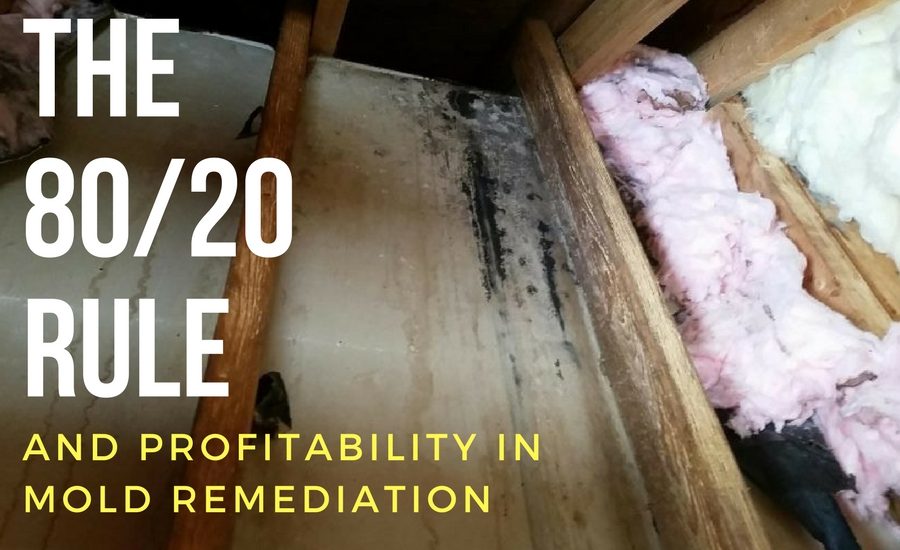
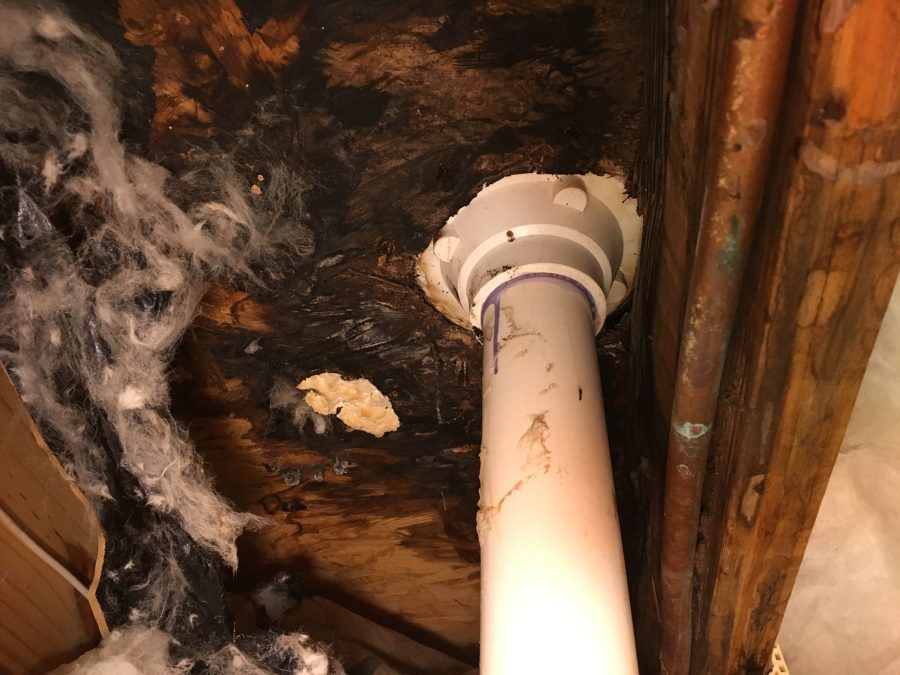
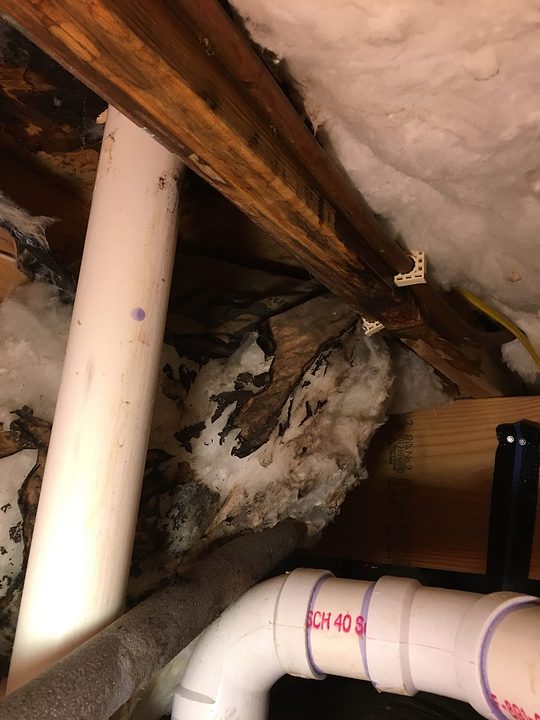
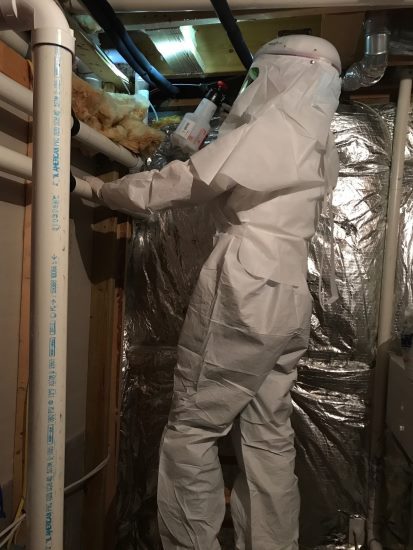
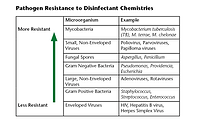


Report Abusive Comment